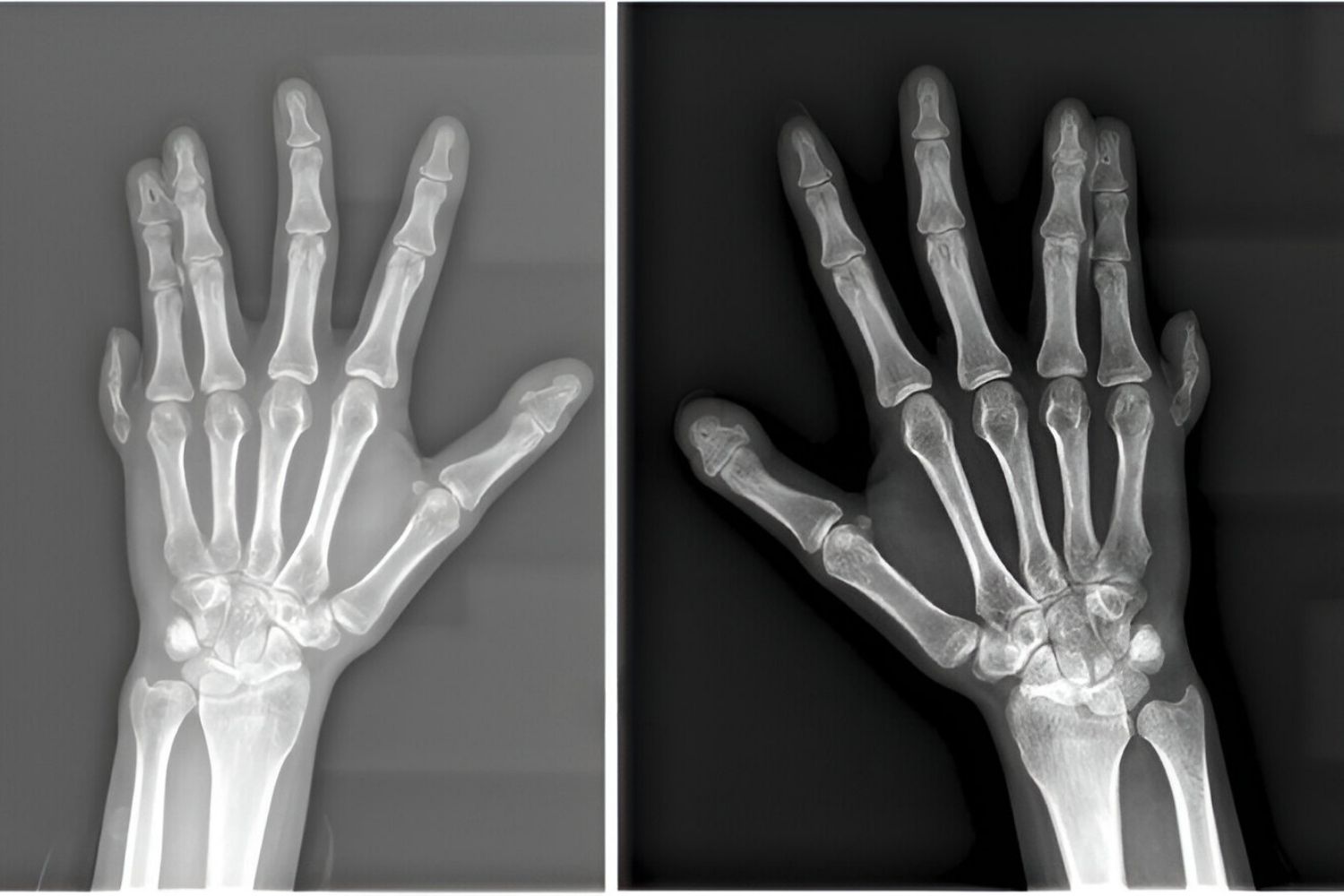
Crossed Polysyndactyly might sound like a mouthful, but it’s a fascinating condition worth understanding. This rare genetic disorder involves both polydactyly (extra fingers or toes) and syndactyly (fused fingers or toes). Imagine having more digits than usual, some of which are joined together! This condition can affect anyone, regardless of age or background. It’s caused by mutations in specific genes that play a role in limb development. While it might seem daunting, many people with this condition lead normal, fulfilling lives. Curious to learn more about this intriguing genetic anomaly? Here are 25 facts that will shed light on the unique world of Crossed Polysyndactyly.
Key Takeaways:
- Crossed polysyndactyly is a rare genetic condition causing extra and fused fingers or toes. Early diagnosis and surgical interventions can help manage symptoms and improve quality of life.
- Genetic counseling and support are crucial for families dealing with crossed polysyndactyly. Research and awareness efforts aim to reduce stigma and improve treatment options for affected individuals.
What is Crossed Polysyndactyly?
Crossed polysyndactyly is a rare congenital condition affecting the hands and feet. It involves both polydactyly (extra fingers or toes) and syndactyly (fused fingers or toes). This combination can lead to unique challenges and fascinating insights into human genetics.
-
Crossed polysyndactyly is a genetic disorder that can be inherited from one or both parents.
-
The condition is often associated with mutations in the HOXD13 gene, which plays a crucial role in limb development.
-
It can affect both hands and feet, leading to extra digits and fused digits in various combinations.
-
The condition is more common in males than females.
-
Crossed polysyndactyly can occur as an isolated condition or as part of a syndrome, such as Greig cephalopolysyndactyly syndrome.
Symptoms and Diagnosis
Understanding the symptoms and how doctors diagnose crossed polysyndactyly can help in early detection and treatment.
-
Symptoms include extra fingers or toes, webbed or fused digits, and sometimes abnormal bone development.
-
Diagnosis is usually made through physical examination and imaging studies, such as X-rays or MRI.
-
Genetic testing can confirm the presence of mutations in the HOXD13 gene or other related genes.
-
Prenatal diagnosis is possible through ultrasound and genetic testing if there is a known family history.
-
Early diagnosis can help in planning appropriate surgical interventions and therapies.
Treatment Options
Various treatment options are available to manage the symptoms and improve the quality of life for individuals with crossed polysyndactyly.
-
Surgical intervention is often required to separate fused digits and remove extra digits.
-
Multiple surgeries may be needed over time to address different aspects of the condition.
-
Physical therapy can help improve hand and foot function after surgery.
-
Occupational therapy may be beneficial in teaching adaptive techniques for daily activities.
-
Prosthetics and orthotics can provide additional support and improve mobility.
Genetic Counseling and Support
Genetic counseling and support play a vital role in managing crossed polysyndactyly and helping families understand the condition.
-
Genetic counseling can help families understand the inheritance pattern and risks for future pregnancies.
-
Support groups and online communities can provide emotional support and practical advice for affected individuals and their families.
-
Research is ongoing to better understand the genetic basis of crossed polysyndactyly and develop new treatments.
-
Participation in clinical trials can provide access to cutting-edge therapies and contribute to scientific knowledge.
-
Awareness and education about the condition can help reduce stigma and improve social acceptance.
Interesting Facts
Here are some intriguing facts about crossed polysyndactyly that highlight its complexity and uniqueness.
-
The condition can vary widely in severity, from mild cases with only a few extra or fused digits to severe cases with significant limb abnormalities.
-
Crossed polysyndactyly is often associated with other congenital anomalies, such as heart defects or cleft palate.
-
The condition has been documented in various cultures and historical periods, indicating its long-standing presence in human populations.
-
Some individuals with crossed polysyndactyly may have unique talents or abilities, such as enhanced dexterity or creativity.
-
Advances in genetic research and surgical techniques continue to improve outcomes and quality of life for those affected by crossed polysyndactyly.
Final Thoughts on Crossed Polysyndactyly
Crossed polysyndactyly, a rare genetic condition, combines extra fingers or toes with webbing. This condition, though uncommon, affects many lives. Understanding its genetic roots helps in early diagnosis and treatment. Genetic counseling can guide families, offering insight into inheritance patterns and potential risks for future generations.
Treatment often involves surgery to separate fused digits and remove extra ones. Early intervention can improve function and appearance, making a significant difference in daily life. Awareness and education about crossed polysyndactyly are crucial for reducing stigma and supporting affected individuals.
Research continues to uncover more about this condition, paving the way for better treatments and outcomes. By staying informed and supportive, we can help those with crossed polysyndactyly lead fulfilling lives. Knowledge empowers us to make a positive impact, fostering a more inclusive and understanding society.
Frequently Asked Questions
Was this page helpful?
Our commitment to delivering trustworthy and engaging content is at the heart of what we do. Each fact on our site is contributed by real users like you, bringing a wealth of diverse insights and information. To ensure the highest standards of accuracy and reliability, our dedicated editors meticulously review each submission. This process guarantees that the facts we share are not only fascinating but also credible. Trust in our commitment to quality and authenticity as you explore and learn with us.
